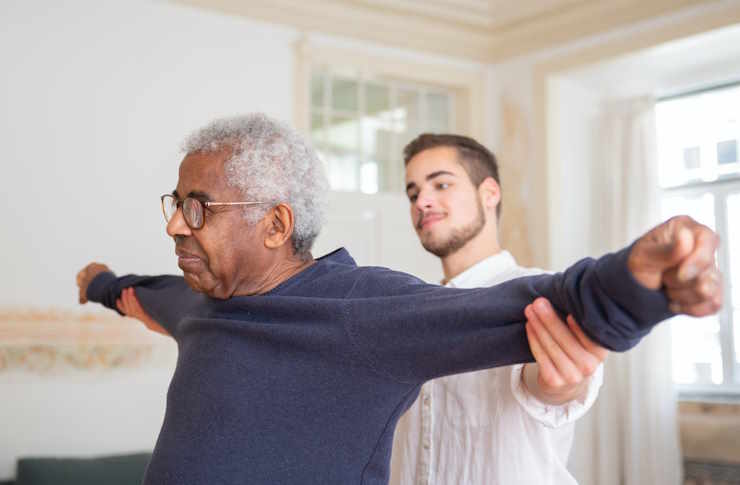Staying Active: Parkinson’s Friendly Exercises
Parkinson's disease management has evolved significantly, with exercise and physical therapy emerging as crucial components of treatment. These approaches offer hope for improved quality of life and symptom management for those affected by this neurodegenerative disorder.

How Does Exercise Benefit Parkinson’s Patients?
Regular exercise offers multiple benefits for individuals with Parkinson’s disease. Physical activity helps improve motor symptoms like tremors and stiffness while enhancing balance and coordination. Exercise also stimulates the production of dopamine, the neurotransmitter that’s depleted in Parkinson’s, potentially slowing disease progression. Additionally, staying active can reduce depression and anxiety, common challenges faced by Parkinson’s patients.
What Types of Exercises Are Most Effective for Parkinson’s?
Several exercise types have shown particular promise for Parkinson’s management:
-
Aerobic exercises like walking, swimming, or cycling
-
Balance training exercises
-
Strength training with light weights or resistance bands
-
Flexibility exercises and stretching
-
Boxing programs designed for Parkinson’s
-
Tai chi and yoga
Each type targets different aspects of the condition, from improving cardiovascular health to enhancing balance and reducing fall risk.
How Often Should Parkinson’s Patients Exercise?
Most healthcare providers recommend 150 minutes of moderate exercise per week, typically divided into 30-minute sessions five times weekly. However, exercise routines should be tailored to individual capabilities and adjusted as needed. Starting slowly and gradually increasing intensity helps prevent overexertion while building strength and endurance.
How Does Physical Therapy Complement Exercise in Parkinson’s?
Physical therapy plays a crucial role alongside regular exercise. Professional therapists can:
-
Design personalized exercise programs
-
Teach proper form and technique
-
Monitor progress and adjust routines
-
Provide specialized equipment recommendations
-
Help prevent falls through targeted interventions
-
Offer guidance on home exercise programs
What Safety Considerations Should Be Kept in Mind?
Exercise safety is paramount for Parkinson’s patients. Key considerations include:
-
Exercising during “on” periods when medication is working effectively
-
Using proper support equipment like chairs or rails
-
Staying hydrated and avoiding overheating
-
Working with trained professionals familiar with Parkinson’s
-
Monitoring symptoms and adjusting intensity accordingly
-
Exercising in a clear, obstacle-free environment
What Are Available Exercise Programs and Resources?
| Program Type | Provider | Key Features |
|---|---|---|
| Rock Steady Boxing | National Organization | Boxing-based fitness specifically for Parkinson’s |
| LSVT BIG | Certified Therapists | Amplified movement therapy |
| PWR!Moves | PWR! Gym Network | Research-based exercise approaches |
| Delay the Disease | OhioHealth | Comprehensive fitness program |
Prices for these programs vary by location and provider. Many insurance plans cover physical therapy sessions, while specialized exercise programs typically range from $50-200 per month.
Prices, rates, or cost estimates mentioned in this article are based on the latest available information but may change over time. Independent research is advised before making financial decisions.
Regular exercise remains one of the most effective tools for managing Parkinson’s symptoms and maintaining quality of life. By choosing appropriate activities and following proper safety guidelines, individuals with Parkinson’s can experience significant benefits from staying physically active.
This article is for informational purposes only and should not be considered medical advice. Please consult a qualified healthcare professional for personalized guidance and treatment.




